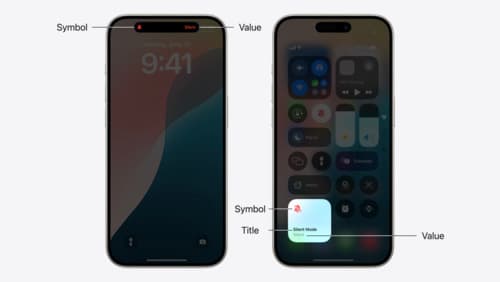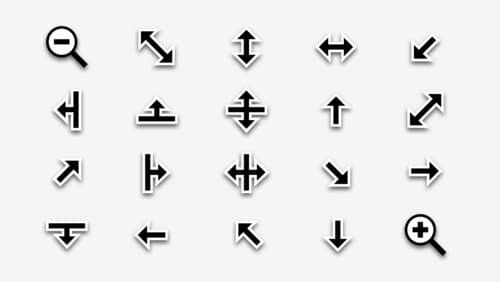How do I change the tint color of a UISwitch on macOS
Asked on 2024-08-02
1 search
To change the tint color of a UISwitch on macOS, you can refer to the session "Extend your app’s controls across the system" from WWDC 2024. Specifically, you can provide a tint color to customize the appearance of the control. Here is a relevant excerpt from the session:
Instead of the default system blue, provide a tint color. I'll use the color of my productivity app purple purple for productivity. The tint color will be used to tint the symbol when the toggle is on. Here's the fully styled control working on the lock screen and with the action button using the same code that makes it work in control center when the control is on. The symbol and any value text have the specified tint color.
For more detailed information, you can watch the session starting from the chapter "Update toggle states" here.

Extend your app’s controls across the system
Bring your app’s controls to Control Center, the Lock Screen, and beyond. Learn how you can use WidgetKit to extend your app’s controls to the system experience. We’ll cover how you can to build a control, tailor its appearance, and make it configurable.

Create custom visual effects with SwiftUI
Discover how to create stunning visual effects in SwiftUI. Learn to build unique scroll effects, rich color treatments, and custom transitions. We’ll also explore advanced graphic effects using Metal shaders and custom text rendering.

What’s new in AppKit
Discover the latest advances in Mac app development. Get an overview of the new features in macOS Sequoia, and how to adopt them in your app. Explore new ways to integrate your existing code with SwiftUI. Learn about the improvements made to numerous AppKit controls, like toolbars, menus, text input, and more.
